The Comedogenic Scale: What It Is and Why It’s Not the Whole Story

Worried about clogged pores or breakouts from your skincare products? Many people rely on the comedogenic scale to choose “safe” products, but the truth is that whether something will clog your pores depends on more than just a number. Let’s break it down.
THE SCIENCE BEHIND IT…
What Is the Comedogenic Scale?
The comedogenic scale is an attempt to rank ingredients by their potential to cause blackheads or clogged pores. Ingredients are rated from 0 to 5, with 0 being noncomedogenic and 5 being highly comedogenic. This scale was originally developed to help people with acne-prone skin avoid products that could contribute to acne cosmetica—breakouts caused by cosmetics. In theory, sticking to ingredients rated 2 or below should reduce your risk of clogged pores.
How the Scale Was Created
Rabbit Ear Assay (REA):
Ingredients were applied to the inner ears of rabbits at concentrations from 10% to 100% for two weeks. Scientists then looked at follicle changes to rank comedogenic potential.
Limitations:
• Rabbit skin is more sensitive than human skin, often leading to false positives.
• Follicle swelling can happen from irritation, not pore clogging.
• Test conditions weren’t standardized, so results varied widely.
Cyanoacrylate Follicular Biopsy:
A newer human-based method uses a sticky glue to lift the top layer of skin and count microcomedones after applying ingredients to the back for days to weeks.
Limitations:
• Conditions don’t mimic normal use (occlusion and high concentration increase comedone formation).
• Back skin is different from facial skin.
• Individual factors like age, climate, skin type, and microbiome affect results.
Why the Scale Doesn’t Tell the Whole Story
1. Contact time matters: Ingredients in rinse-off products like cleansers spend very little time on the skin, dramatically lowering their comedogenic potential.
2. Concentration matters: Many “comedogenic” ingredients are only problematic at high concentrations. For example, isopropyl isostearate has a high comedogenic rating at 100% but becomes mostly harmless at 5%.
3. Formulation matters: The vehicle—oil, water, powder, or emulsion—affects whether an ingredient can actually clog pores. A comedogenic ingredient in a cleansing oil may rinse off before it causes issues.
4. Purity and source matter: Natural oils and waxes can vary in their fatty acid composition, which changes their comedogenic potential. Even ingredients with the same name (INCI) can behave differently depending on how they’re processed.
A Practical Example
Some oil cleansers contain ingredients like isopropyl palmitate, which are technically comedogenic. Yet, these cleansers effectively remove makeup and sebum without causing breakouts because:
• Surfactants help rinse away the oil
• The product is diluted and doesn’t stay on the skin long enough to clog pores
The formula as a whole is far more important than a single ingredient’s rating.
Takeaway
The comedogenic scale can be a helpful guide, but it’s not the final word. When evaluating products:
• Consider product type: rinse-off vs. leave-on
• Look at concentration and formulation
• Keep in mind your individual skin type and habits
In short, an ingredient’s comedogenic rating doesn’t automatically make a product pore-clogging. Look at the big picture, not just the numbers.

DISCLAIMER:
Lab Journals are intended to help educate on specific ingredients and skin care topics. Our articles are written to be informative and informational.
Please note any Naturium products with referenced ingredients are formulated for Cosmetic Use Only and NOT intended as replacements for physician pharmaceutical product recommendations.
SOURCES:
- 1Fulton, James E. “Comedogenicity and Irritancy of Commonly Used Ingredients in Skin Care Products.” Journal Society of Cosmetic Chemists, vol. 40, 1989, pp. 321–333.
- 2https://www.cidjournal.com/article/S0738-081X(04)00045-8/abstract
- 3https://pubmed.ncbi.nlm.nih.gov/16488305/
- 4Kligman, A. M. Petrolatum is not comedogenic in rabbits or humans: A critical reappraisal of the rabbit ear assay and the concept of "acne cosmetic." J Soc Cosmet Chem 47, 41 - 48 (1996).
- 5https://pubmed.ncbi.nlm.nih.gov/16488305/
- 6Fulton, James E. “Comedogenicity and Irritancy of Commonly Used Ingredients in Skin Care Products.” Journal Society of Cosmetic Chemists, vol. 40, 1989, pp. 321–333.
- 7https://pubmed.ncbi.nlm.nih.gov/6223652/
- 8Fulton, James E. “Comedogenicity and Irritancy of Commonly Used Ingredients in Skin Care Products.” Journal Society of Cosmetic Chemists, vol. 40, 1989, pp. 321–333.

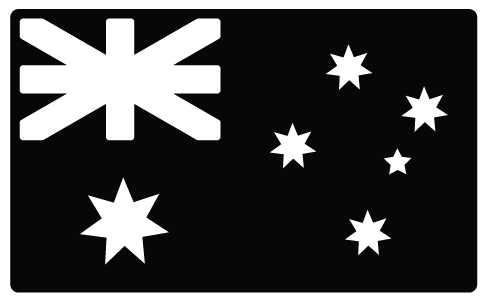
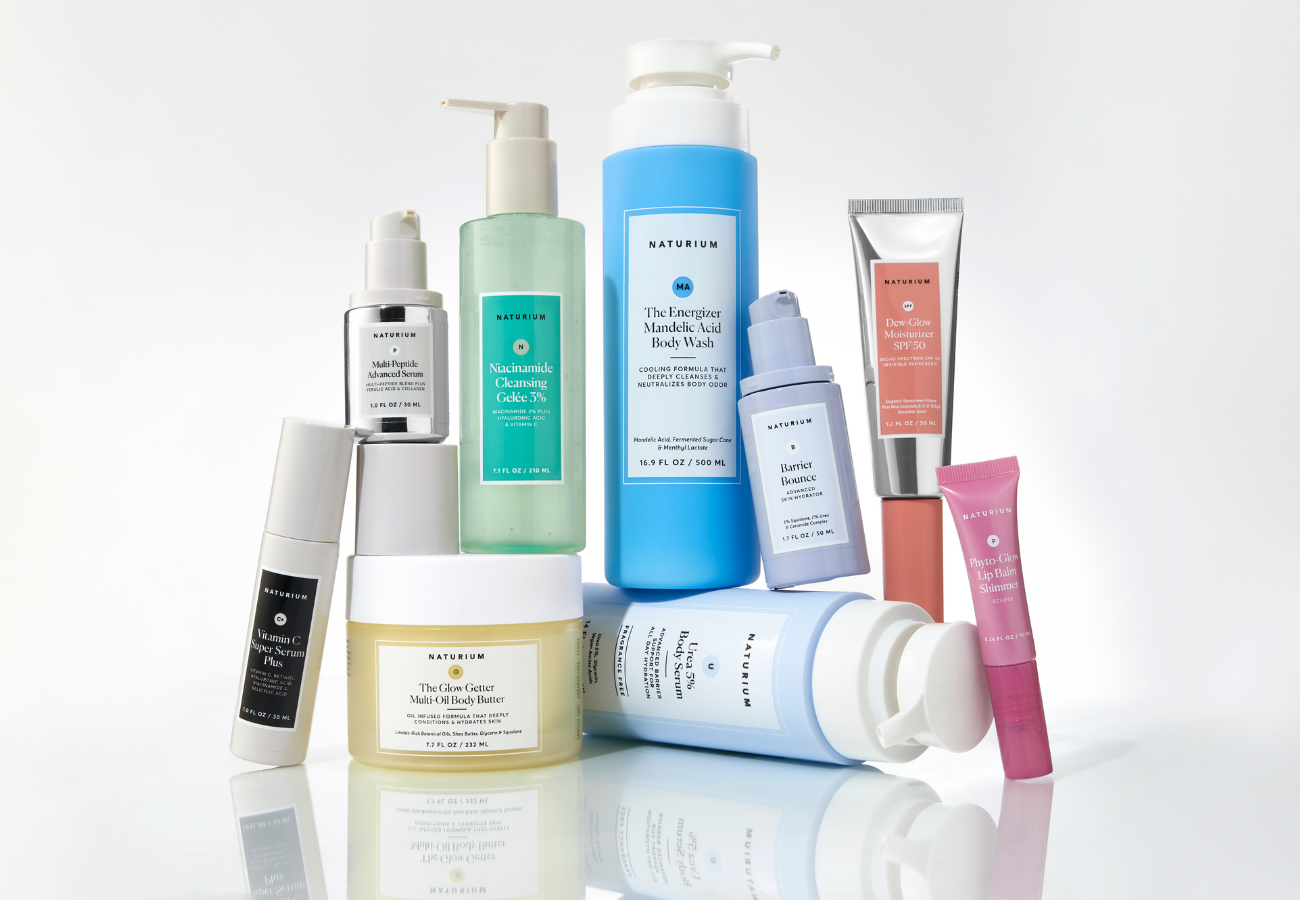
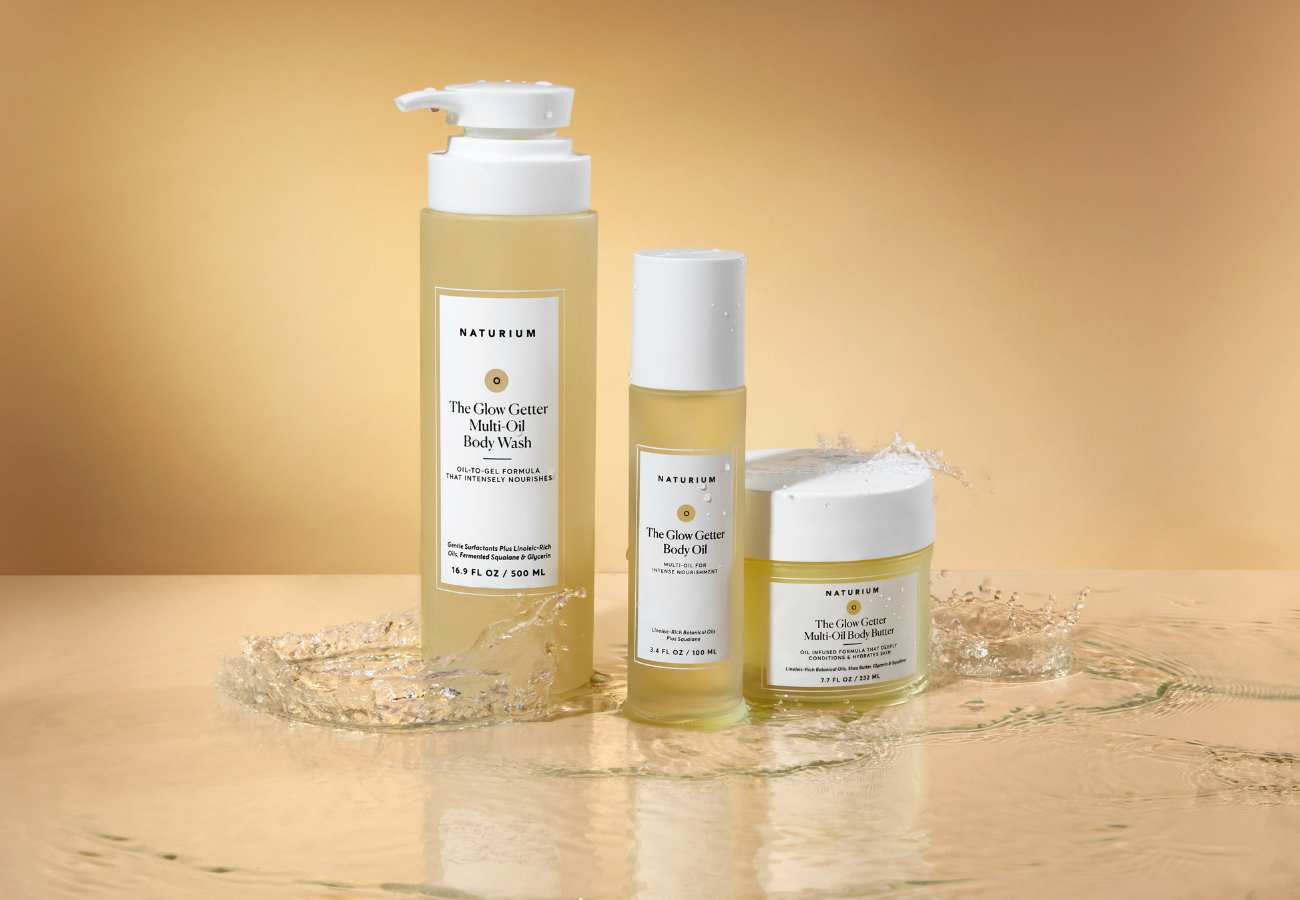
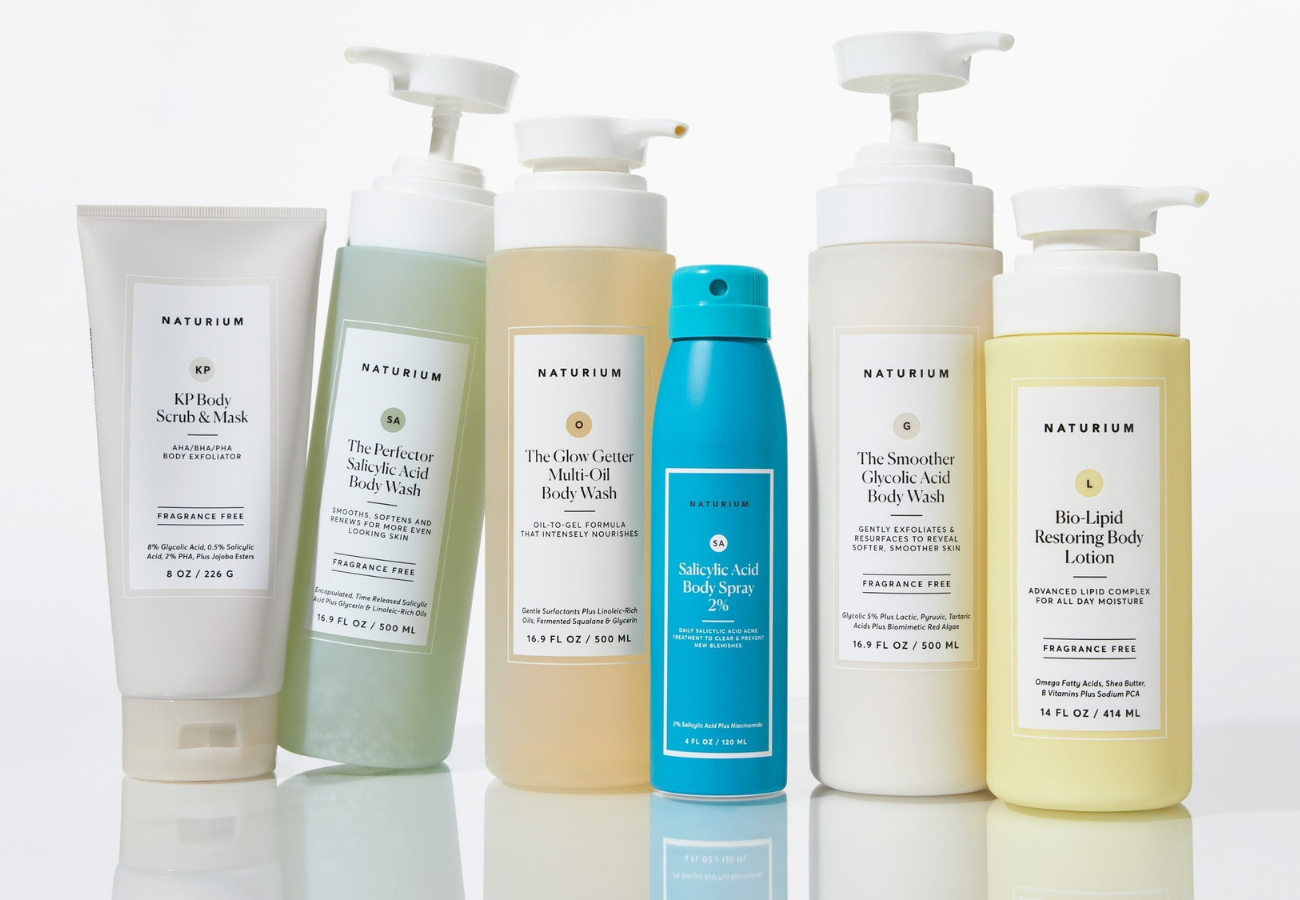
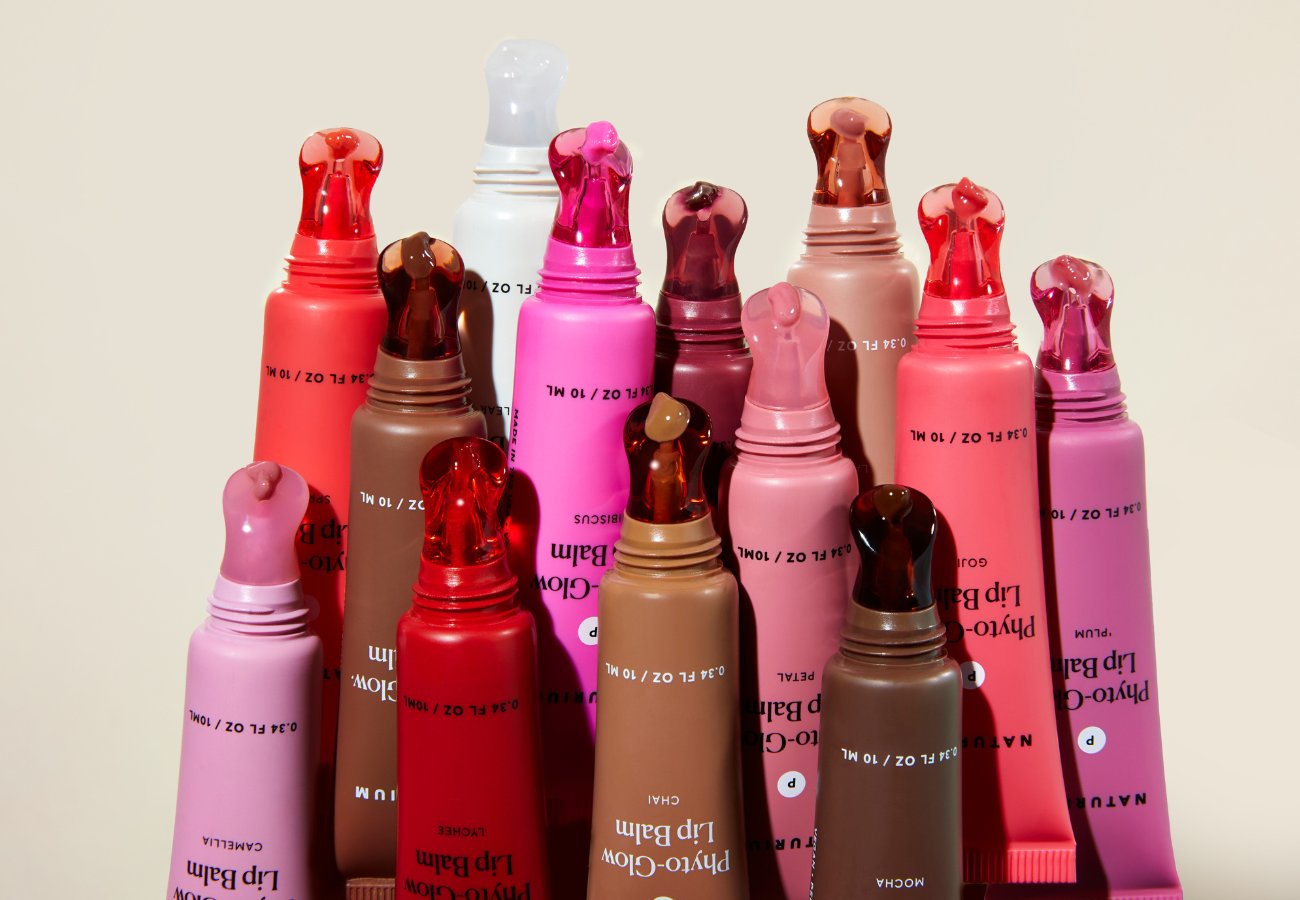
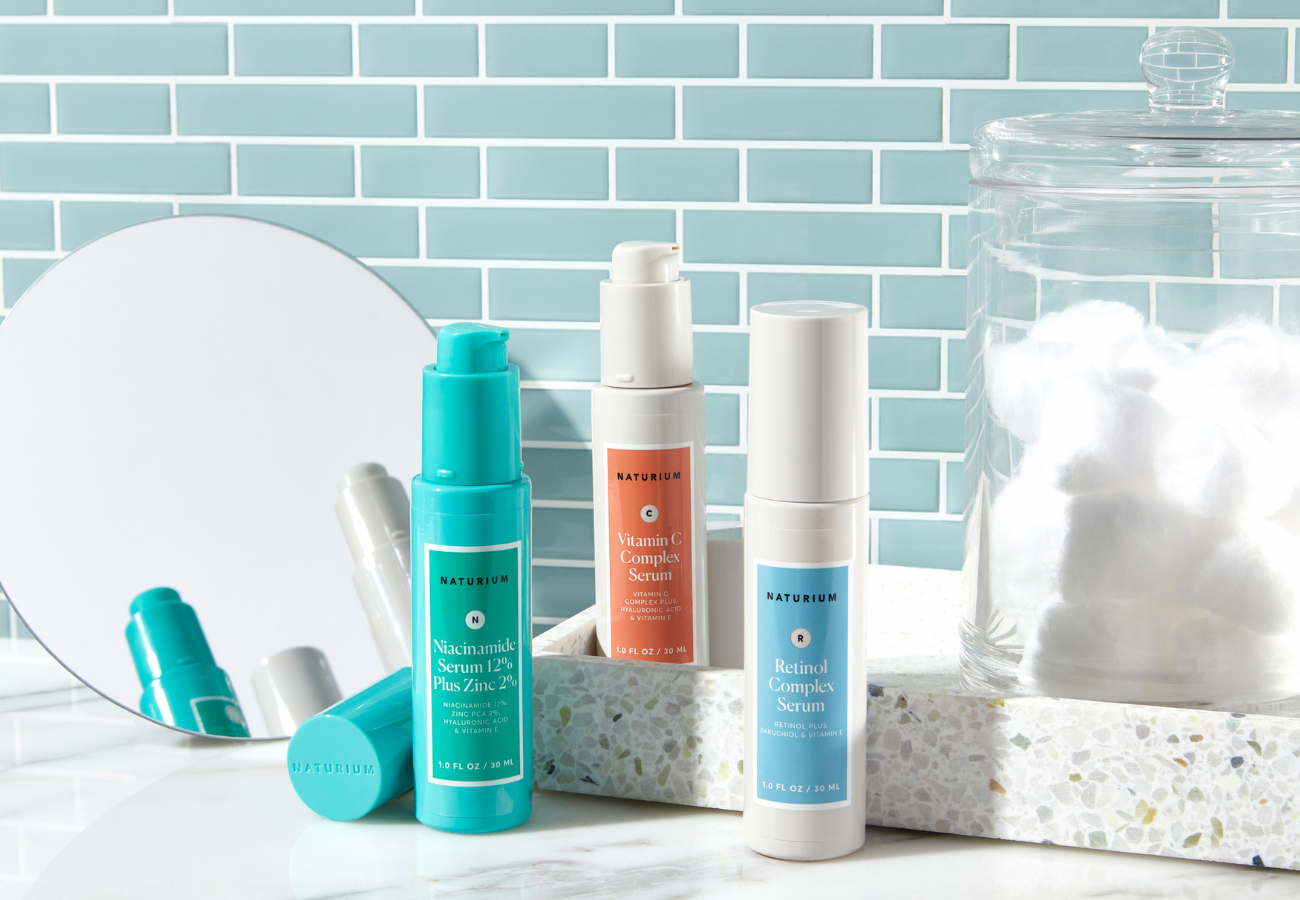
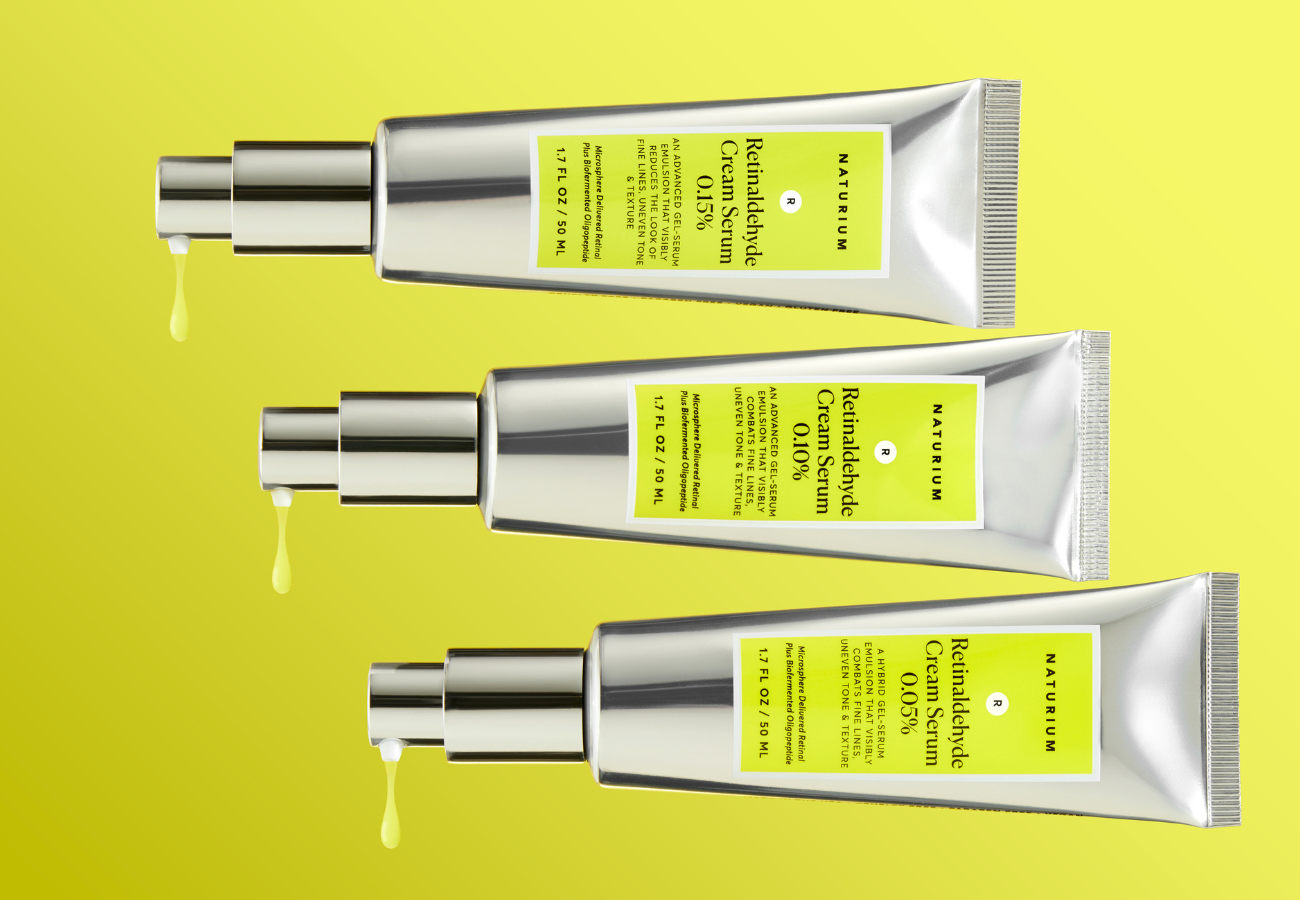
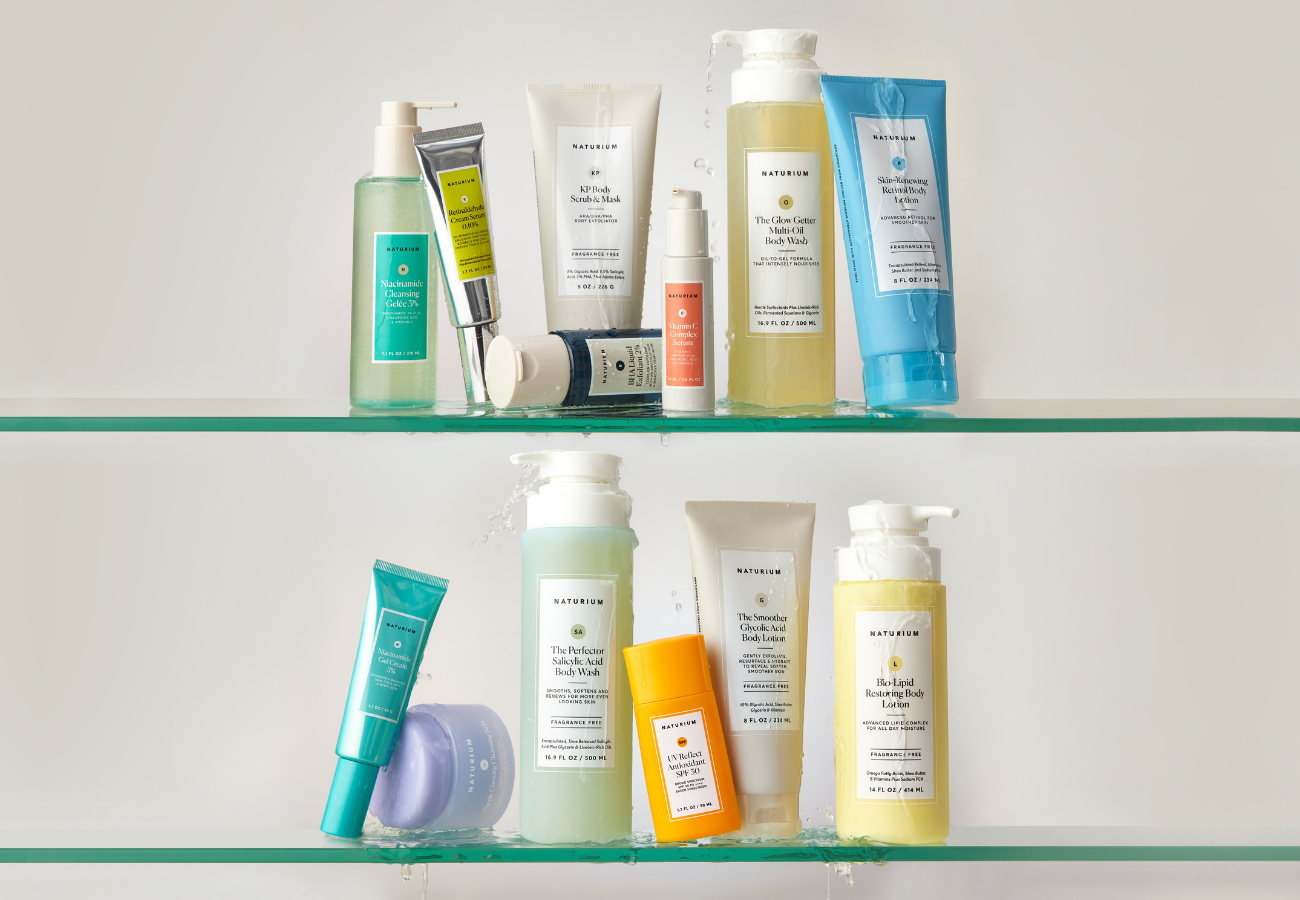
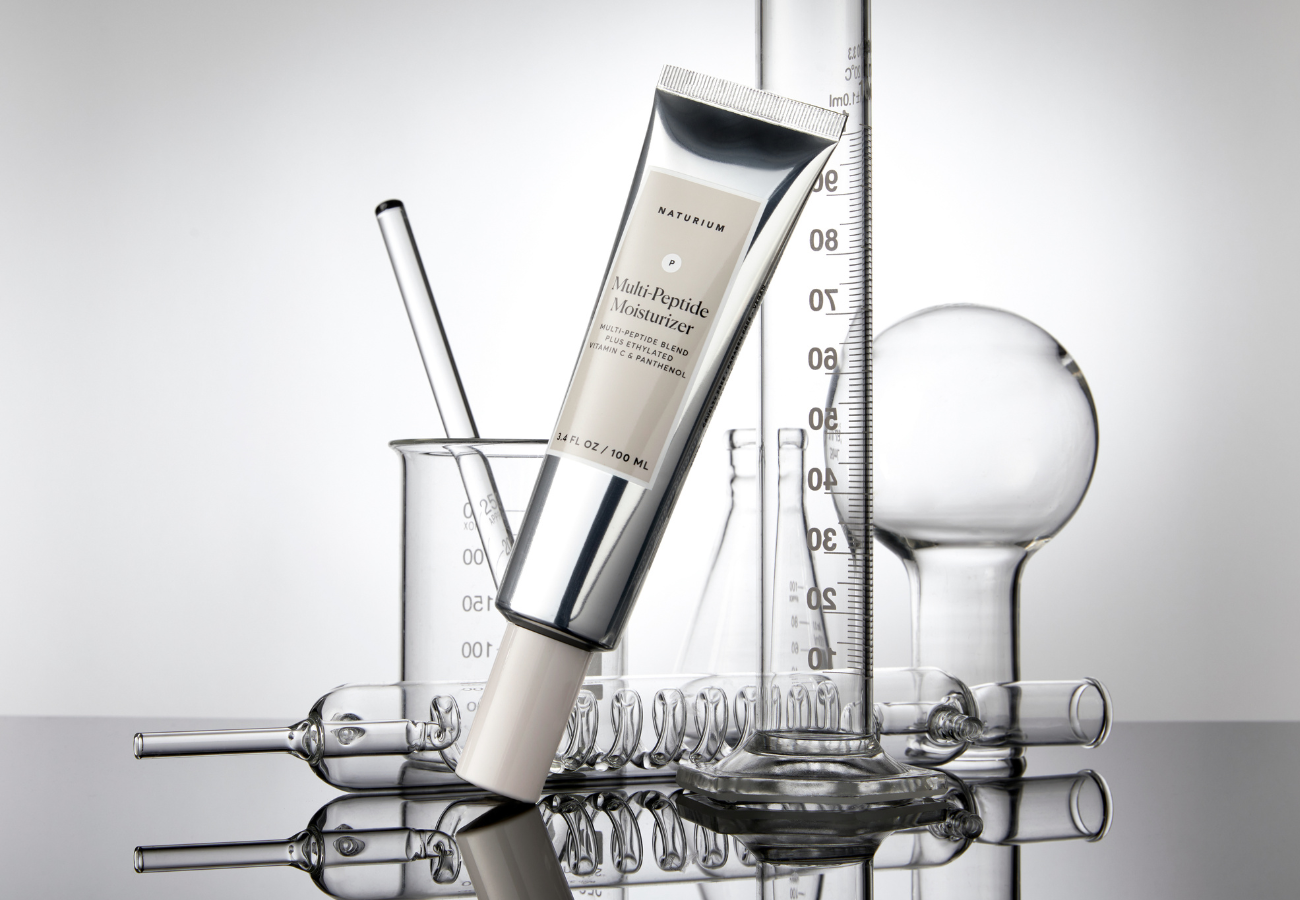
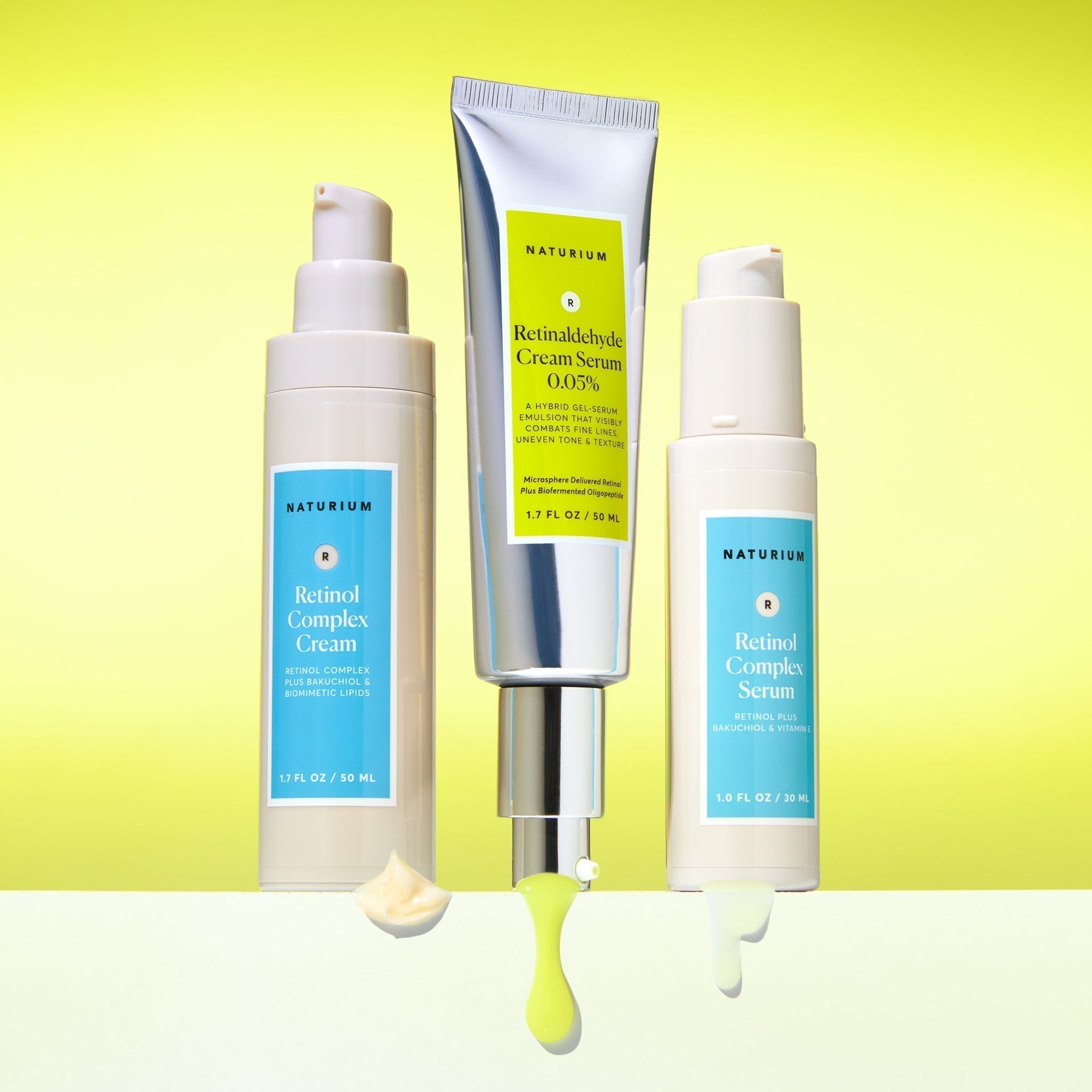
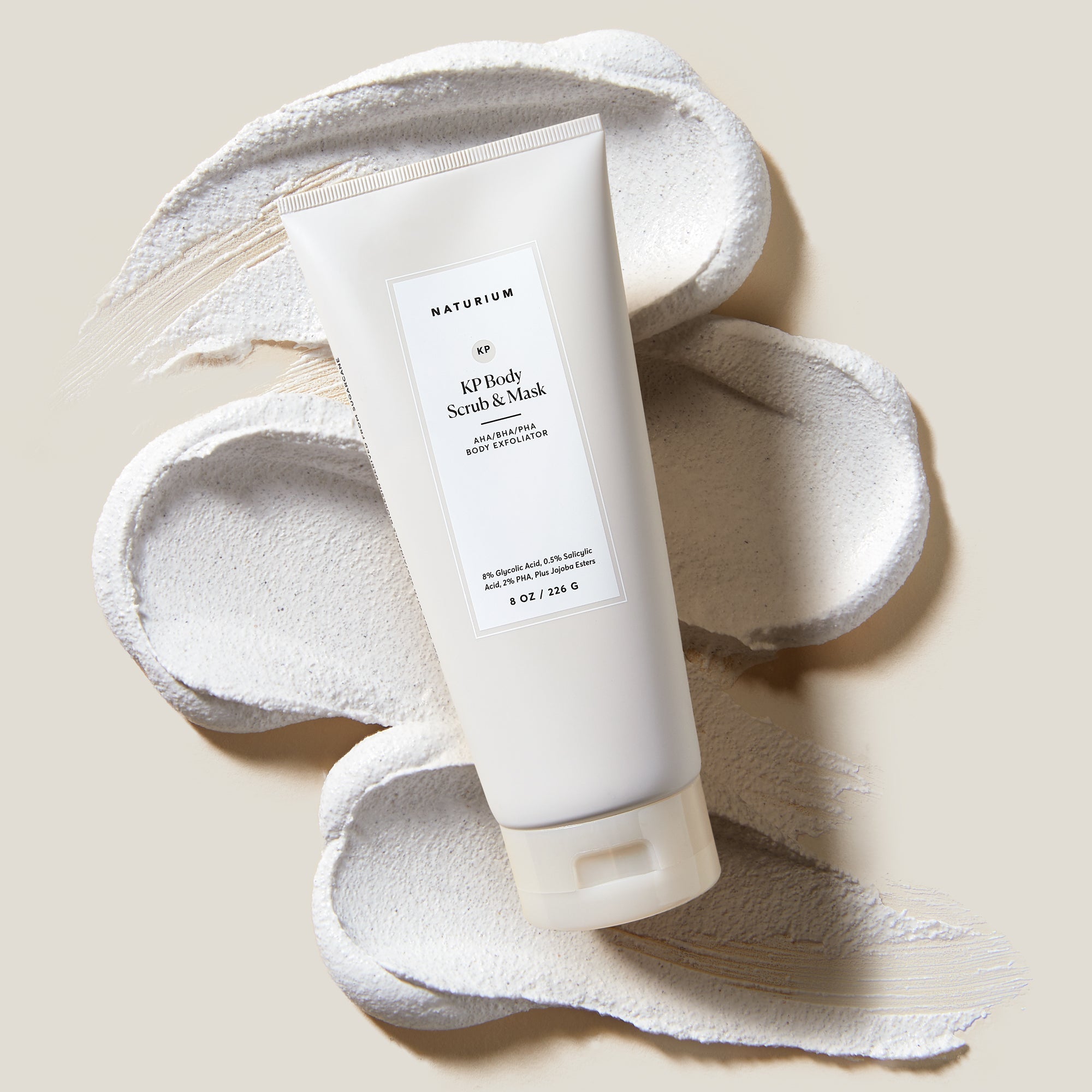
Leave a comment
This site is protected by hCaptcha and the hCaptcha Privacy Policy and Terms of Service apply.